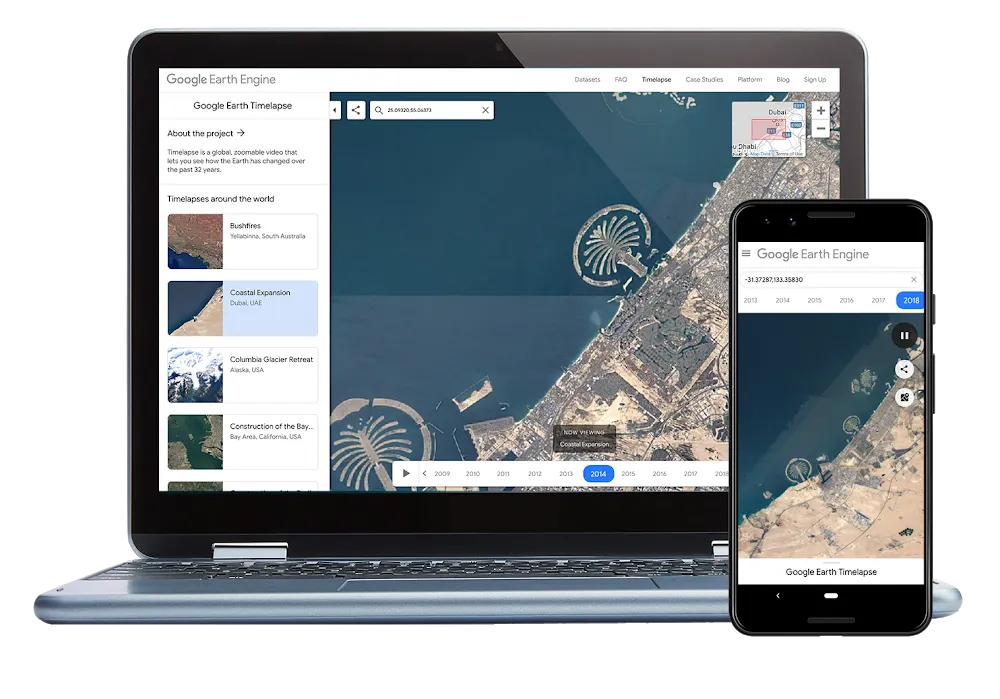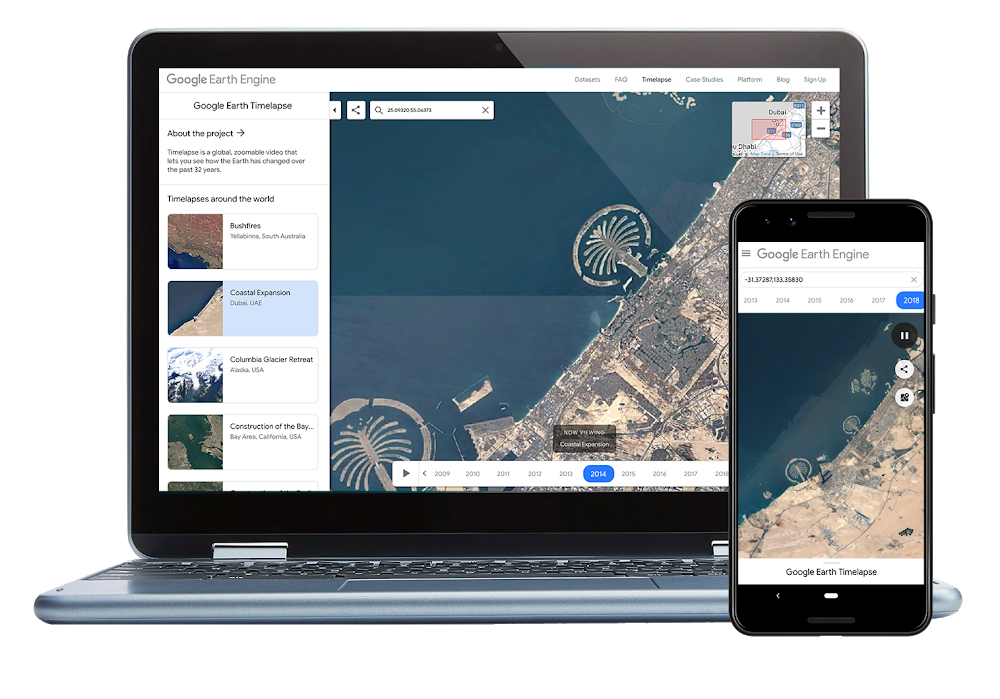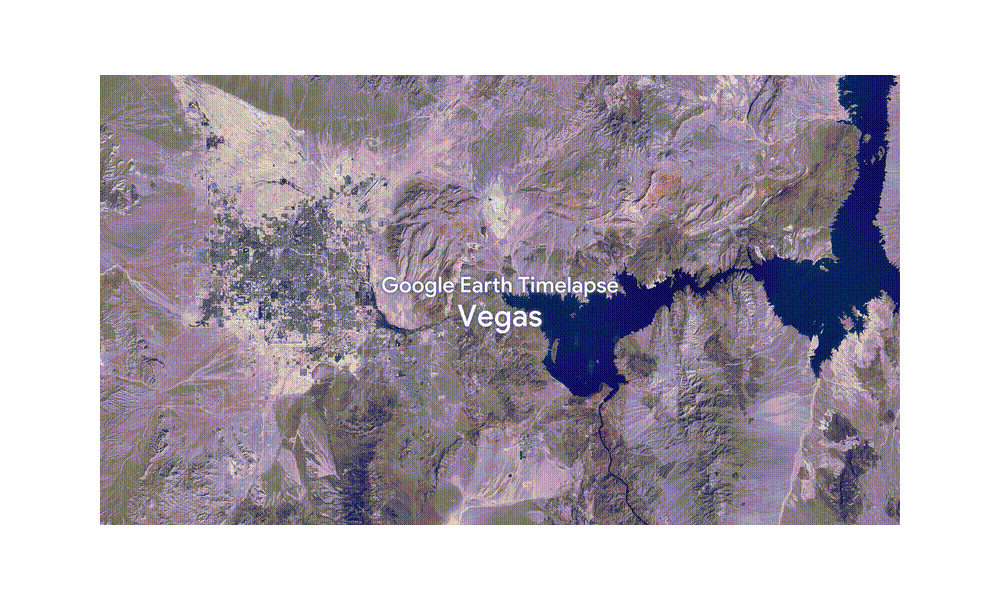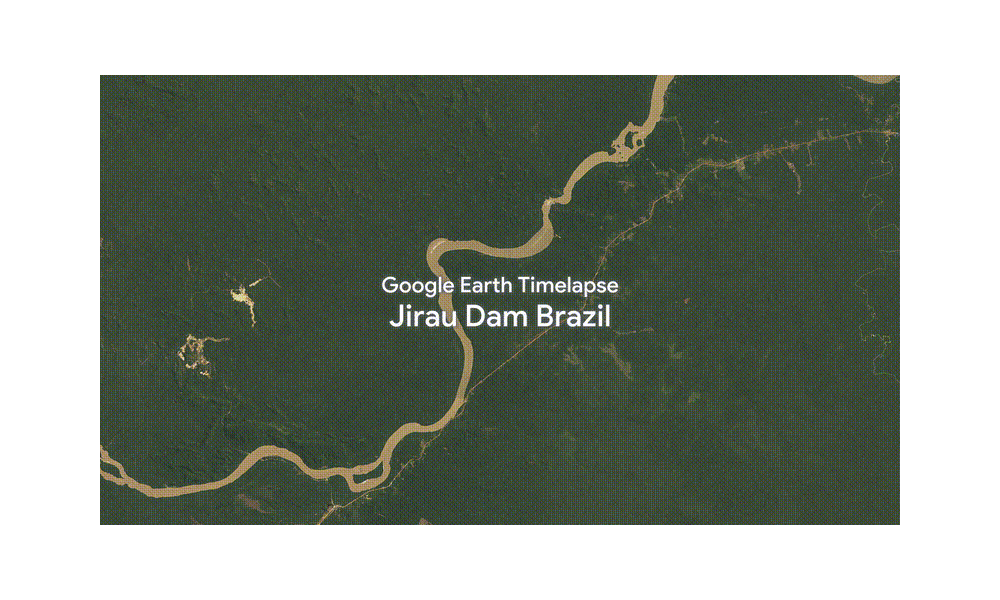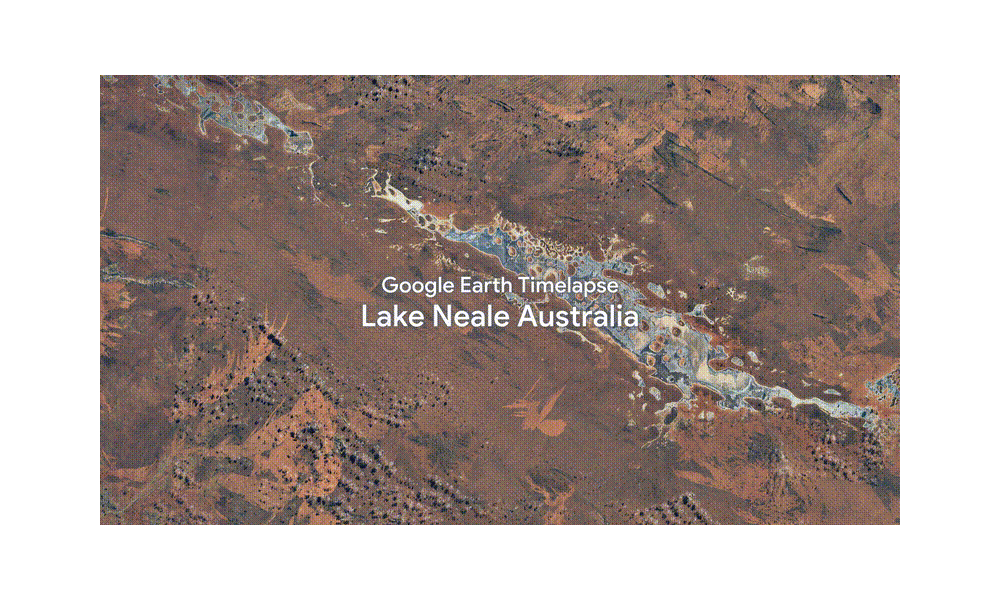Jobs in Geo – Week 18
At Geoawesomeness, we’re working on creating an interactive job portal for companies to submit jobs and for job-seekers to look for jobs in the geospatial industry.
For the past two months so, we’ve been sharing jobs on our LinkedIn and in weekly blog posts. While it certainly is not our final product, it allowed us to get some quick feedback and share some awesome jobs submitted by companies while we develop and test the job portal. We hope that you enjoy this selection of geospatial jobs!
Research Assistant / Associate in Critical Urban Data Analytics at Newcastle University
?Newcastle, UK
http://bit.ly/2E2dzdd
Full Stack Web Developer at Spatial
?New York, USA
http://bit.ly/2HhOVXQ
Technical Project Manager (Business Development Implementation) at What3Words
?London, UK
http://bit.ly/2HhOVXQ
Kibana – GIS Data Analyst at Elastic
?Alexandria, USA
Product Manager – Location & Geodata Platform at Niantic
?Sunnyvale, USA
http://bit.ly/2VqaNEg
Cartography Technician at Garmin
?Olathe, USA
http://bit.ly/2W2q8iT
If you see any positions that would be interesting for our community, you can also submit a job using the online form for us to review and include in our list!
Are there any specific things you’d like to see in our job portal? Feel free to get in touch.
Want to get your dose of Jobs in Geo directly to your inbox? Subscribe to our jobs newsletter here.





